The immense noise pulsing from the helicopter's rotors and engine washed out all sounds. The Special Operations Forces (SOF) operators stood ready to launch out of the Blackhawk's doors as soon as they touched down. On that helicopter, nestled next to one of the operators, stood a calm, ready-to-launch, four-legged fur warrior. A force multiplier our enemies in the Global War on Terror sometimes feared more than the operators. For decades, specially trained K9s have teamed with our nation's top-tier operators to wage war on terror abroad.
The four-legged fur missile can be seen on our couches at night as our best friends, but in the war, the SOF K9 was an absolute force to be reckoned with. As selective for human operators to enter the SOF counter-terror unit, it is said that only 10 percent of the dogs make the cut in selection.
The combat K9s stand out from their police counterparts based on situational locations; combat versus policing. I spoke with Kelly Roby, a former U.S. Army Ranger and SOF operator with over 300 direct-action combat missions. Roby participated in the U.S. Army's pilot program to partner K9s with operators. Roby learned the difference between police and combat K9s. "To be respectful of the police world, it is mostly environmental, from tracking to suspect apprehension. Most [police K9s] are close in and in a permissive environment. The military side is non-permissive; they travel long distances by helicopter or on foot to a target. So they have environmental exposure that most police K9s don't have, from the level of noise from a helicopter to jumping from planes to breaching doors with explosives to flashbangs," Roby said.
When seconds count between life and death, the war dog is there, even paying the ultimate sacrifice to save their human partners. Roby knew the life-saving value of his partner when seconds counted, "They are a live fighting distraction. Their noses are their mechanism for finding the bad guys. Giving us alerts from a distance to their [enemy] presence. They force the enemy to think about something other than the people coming through their door, giving us that extra second of tactical advantage."
Recommended
A K9 uses roughly 35 percent of its brain for smelling. The K9's ability to use their built-in detection device, i.e., their nose, makes them an absolute force multiplier.
The K9's ability to sniff out and detect explosives far outweighs what is available in a machine-operated detector. The government currently deploys handheld explosives detectors that require the user to be inches away from a suspected explosive device. Inches in a controlled environment such as an airport are much different than in combat. Inches on a battlefield can equal death, and the K9 does not need to be tethered to its handler to search out explosives as a handheld device does.
The SOF K9s don't stop at explosive detection; in fact, the ability to seek out and find a hidden fighter is where the K9 dominates. For example, during a special forces raid to track down a top ISIS leader, an SOF K9 cornered the suicide-vest wearing terrorist resulting in an explosive detonation. The SOF K9 almost certainly saved lives that day.
During the past decades, SOF operators recognized what they had available to them in their K9s; not just a force multiplier but one that can think independently. Operators attached specially designed combat video cameras to their K9s. The operator released the tether on their K9s and watched the screen as the K9 searched outwardly hidden locations, providing critical intelligence.
Post-mission, the K9 became the support the hardened operators needed. Roby witnessed his teammates bond with their K9, "The emotional side, I didn't realize this until later, is like deploying with your pet, your connection to home. I found a lot of guys hanging out later with the dog around. There is an emotional aspect of having a dog overseas. They are a de-stressor and part of the team."
Rick Hogg, who spent 29 years in SOF, including being a K9 handler, built a special bond with his K9, Duco, "He [Duco] was an extension of me. That's the part that is sometimes hard for people to understand. His ability to shift gears was absolutely incredible. A [helicopter] rotor pitch changed, and he was ready to go. It was game time." Hogg elaborated on his special connection with Duco, "My first dog tried to test the waters, Duco never tested me. Originally I got Duco after I lost my first dog. I didn't want him at first, but we quickly built a bond." He continued, "Duco was the gold standard when it came to SOF K9s. If I could clone him, I would, he was that good."
The SOF K9s bore the battle alongside the operators. Hogg said a silent prayer every time he released Duco to work, "When I cut him off my body, he was tethered to me, I always said 'God, please bring him back to me." When unleashed alongside the operators, Hogg said, "They don't understand fear, they are out there running with their pack, and I will protect them at any cost."
The decades-long GWOT saw numerous K9s leaving duty overseas for stateside adoption by their operator handlers. Both Roby and Hogg agree the K9s should be spoiled and integrated into their new pack, a loving family that will take care of them. Hogg told me, "When Duco came home, he now had a place on the couch, a place on the bed, we spoiled him. He had more toys and stuff than you can imagine; he earned them. I am here today because of him. There are a lot of human beings here today because of those dogs." Hogg went on to say, "At the end of the day, you cannot beat a K9s nose with technology." Technology simply cannot outweigh the benefit of these four-legged heroes. The SOF K9 will not be replaced anytime soon with what is available in the tech world. A K9 remains an absolute force multiplier for SOF teams.
Dr. Jason Piccolo worked in federal law enforcement for over 21 years and is a former U.S. Army Infantry Captain (Operation Iraqi Freedom). He hosts the podcast, The Protectors.

















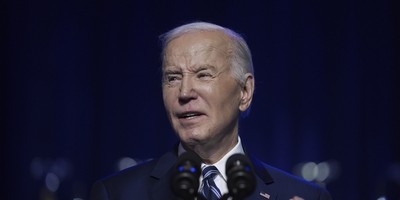
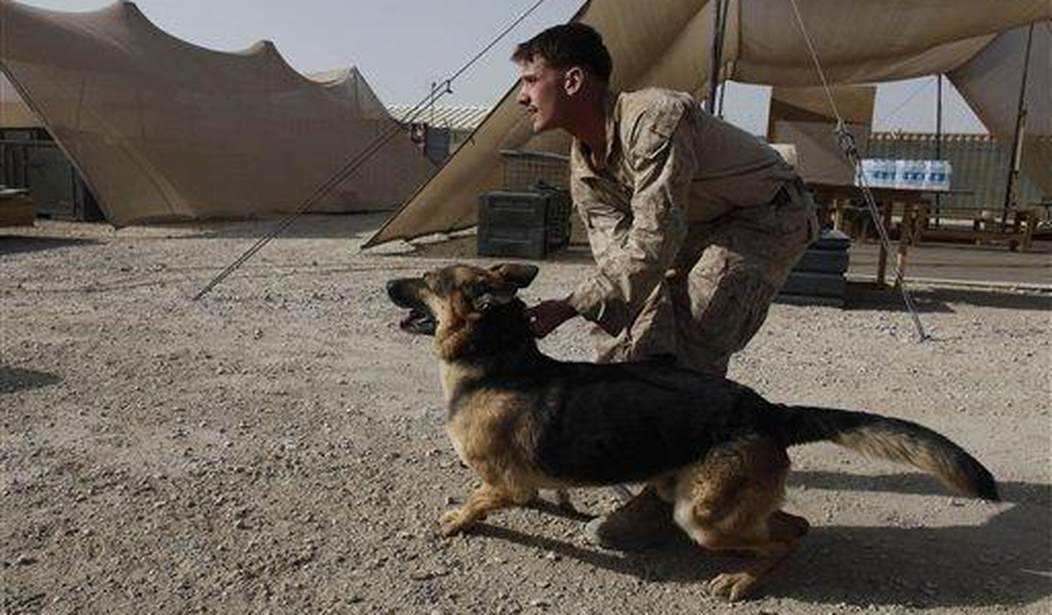

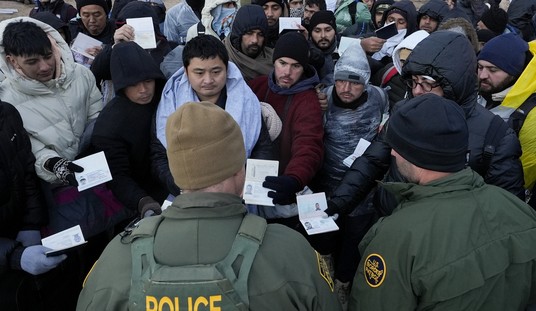
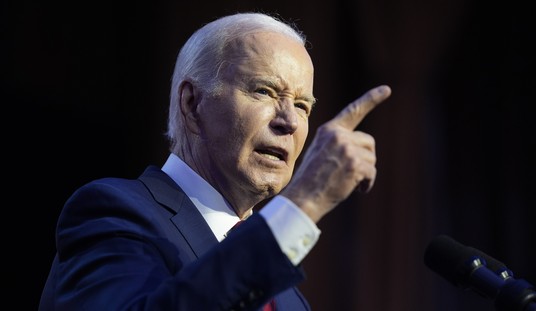
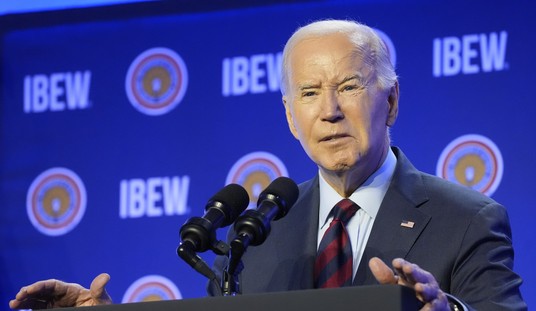
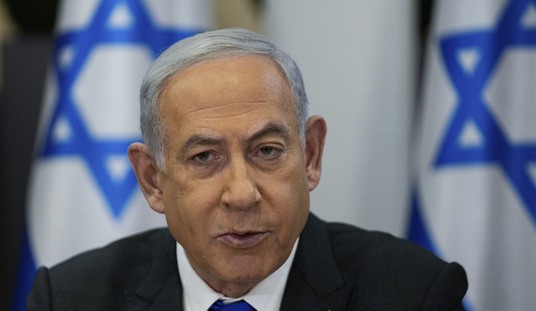
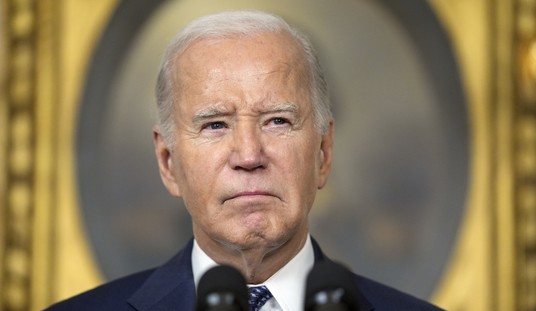
Join the conversation as a VIP Member